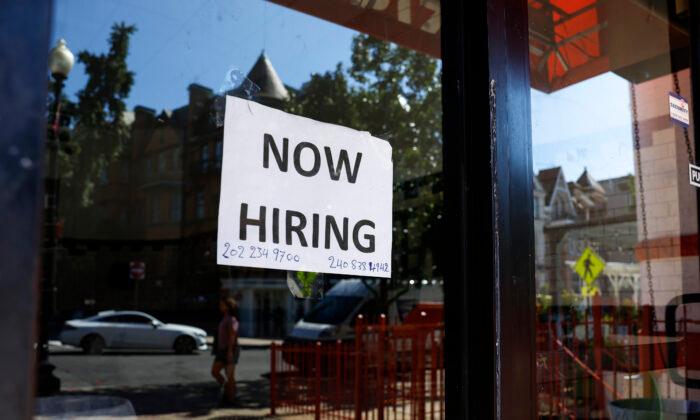Economist Says ‘Better to Ignore the Report Altogether’
Mark Zandi, chief economist at Moody’s Analytics, has warned that the BLS report might be to good to be true.“Whoa! The BLS jobs report for January was VERY strong. So strong, I don’t believe it. The BLS is likely having measurement issues. Most likely, difficulty seasonally adjusting the data, which is especially important in January. This January was the fifth warmest on record,“ Zandi wrote in a tweet on Feb. 3.The BLS reported little change in the unemployment rate of 3.4 percent and the number of unemployed persons of 5.7 million in January 2023. The unemployment rates for various worker groups such as adult men, women, teenagers, whites, blacks, Asians, and Hispanics remained mostly unchanged. The number of persons jobless for less than five weeks decreased to 1.9 million, while the number of long-term unemployed was unchanged at 1.1 million.
The labor force participation rate and the employment-population ratio were unchanged at 62.4 percent and 60.2 percent, respectively, and remained below their pre-pandemic levels from February 2020. The number of persons employed part-time for economic reasons, at 4.1 million, and the number of persons not in the labor force who want a job, at 5.3 million, were both little changed. The number of persons marginally attached to the labor force and the number of discouraged workers remained unchanged at 1.4 million and 342,000, respectively.
Zandi says that the report showed positive results with growth in payroll and household employment, increase in hours worked, and rise in temporary jobs. However, he advises not to take this data at face value and expects future revisions based on complete employment counts from unemployment insurance records to show that the economy actually created fewer jobs in the past year.
“Fortunately, wage growth continued to moderate. It is still too strong to be consistent with the Federal Reserve’s inflation target, but it is getting close. Although having said this, perhaps best not to put too much weigh on this number either. Probably better to ignore the report altogether,“ Zandi wrote in a tweet.




